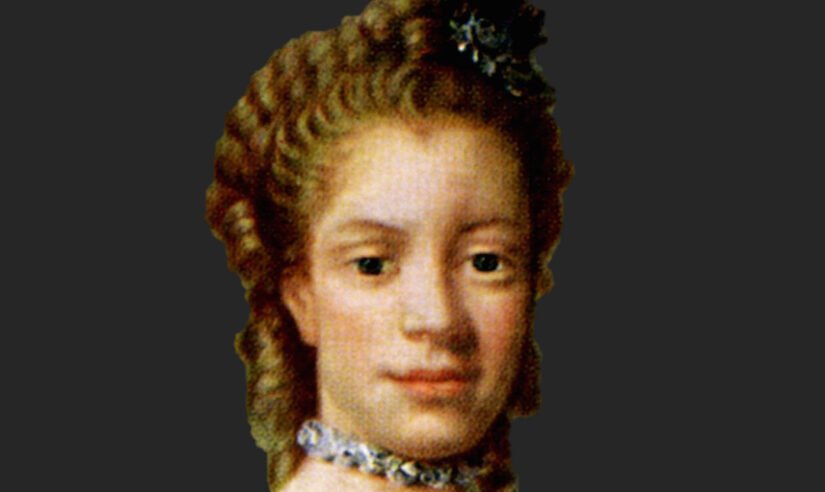One of Prince Harry’s revelations in his book “Spare” is that his older brother, Prince William, disparagingly called his wife Meghan Markle a “difficult, unpleasant, and aggressive woman”.
Harry also says that his father, King Charles, is a person who does not tolerate anyone taking the spotlight off of him, as Diana undoubtedly did and Meghan was ostensibly about to do.
However, it is well known that the Duke and Duchess of Sussex attribute their present form of exile and loss of privileges to the prejudices within the Royal Family, their “aides” and the British media. Whether you believe her or not, the British royal family has a history of hiding royal descendants that don’t fit the norm.
The Windsors, who adopted this fanciful name to conceal their German extraction and legitimate name of Saxe Coburn Gotha, have always regarded Meghan Markel an undesired household member.
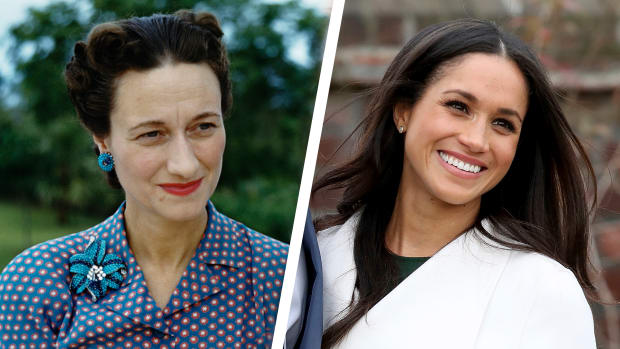
She is an American divorcee and former actress with an African heritage. Unlike Kate Middleton, Duchess of Cambridge, she does not have a noble lineage, no matter how feeble that may be. She is truly a common woman who, unfortunetly, also reminds the Royals of another difficult American divorcee : Wallis Simpson, for whom the unforgivable Edward VIII abdicated in 1936.
But look out because Meghan Merkel is most certainly neither the first nor the sole British Royal to have African ancestry; even Queen Charlotte was a mulatto!
The claim was made by an article printed in The Guardian in 2009 and written by Stuart Jeffries, from which I have extracted and edited the following piece.

WHO WAS CHARLOTTE MECKLENBURG-STRELIZ ?
Charlotte was the eighth child of the the Duke Charles Louis Frederick of Mecklenburg, Prince of Mirow (1708–1752) and his wife, Elisabeth Albertina of Saxe-Hildburghausen. She was born on May 19, 1744, in Mirow, married King George III when she was 27 years of age and became the Queen of Great Britain and Ireland.
She gave birth to fifteen children – of whom only 13 survived – and provided continuity to the Monarchy through her son George Augustus Frederick, who became George IV in January 1820.
Charlotte was a keen botanist and established Kew Gardens. In 1809, she also founded a hospital for expectant women, which she continued to support with her own funds. Originally called the Queen’s Hospital, it is now known as The Queen Charlotte’s and Chelsea Hospital and is in Hammersmith, London.
Charlotte came to England speaking only her native tongue, and historians claim the education she received in Germany was considerably average. The British historian Sir John H Plumb (1911–2001) described her as “plain and unpleasant” and for Desmond Shawe-Taylor – the Queen’s portraits purveyor – “Charlotte was remarkably ugly”. Even the elderly Queen’s doctor could not spare a good word for Charlotte’s looks and described her as “small, twisted and with a true mulatto face.”
It is no wonder, then, that the white and beautiful British blond actress Helen Mirren – see the photo below – was cast to play the role of the Queen in the movie “The Madness of King George”. If the film producer and director had done otherwise by sticking to what history claims, they would have smudged the perfect image that the British Royal Family wants the world to remember it by.
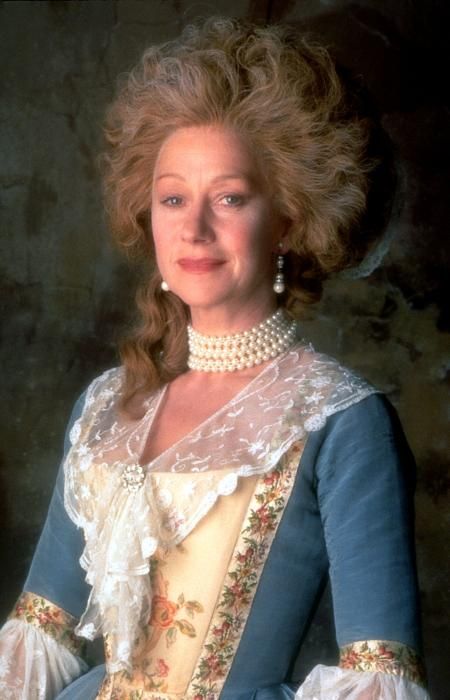
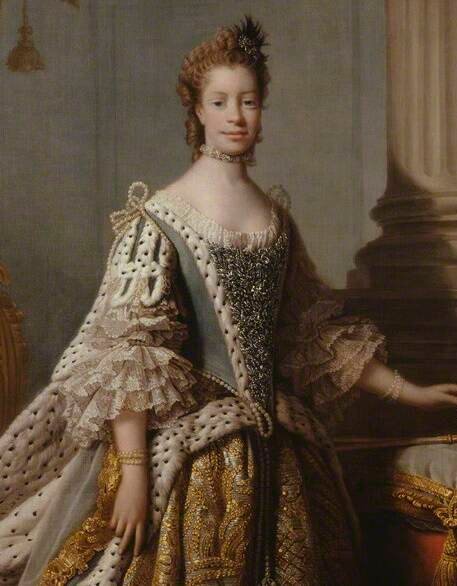
Black history and iconography expert Mario de Valdes y Cocom claims that Queen Charlotte’s 1762 portrait by Sir Allan Ramsay shows characteristics that are most likely African. Sir Allan Ramsay was evidently a painter less concerned with gratifying his clients and more interested in building a reputation as a very accurate portrayer of his subjects.
Why does Charlotte have distinctly somatic African traits in the portrait?
Valdes believes that Margarite De Castro y Souza, a Portuguese noblewoman who lived in the 15th century and whose 13th-century ancestor was the secret daughter of king Alfonso III and his mistress Madragana Ben Aloandro, is the source of Charlotte’s genealogy.
Alfonso conquered a little town named Faro, Portugal, from the Moors and demanded the governor’s daughter as a paramour. He had three children with her. Duarte Nunes de Leão, a Portuguese royal chronicler of the 16th century, described Madragana as being a black Moor. Thus, the suggestion that Queen Charlotte may be directly descended from a black branch of the Portuguese Royal Family is all but far-fetched.
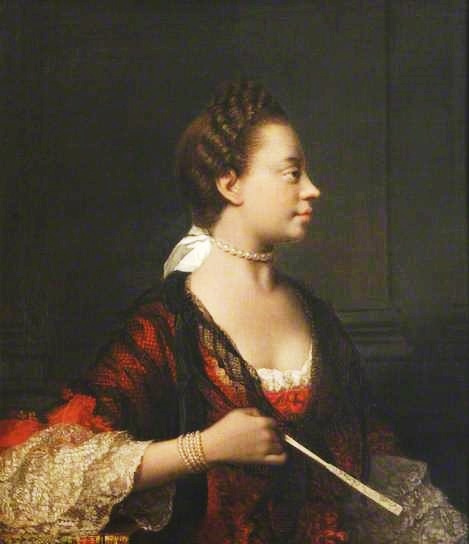
“If she were black,” says the British historian Kate Williams, “this would raise a lot of important suggestions about not only our Royal Family but those of most of Europe, considering that Queen Victoria’s descendants are spread across most of the royal families of Europe and beyond. If we class Charlotte as black, then ergo Queen Victoria and our entire Royal Family down to Prince Harry, are also black… a very interesting concept…”
A concept, however, based on a scientific notion called Genetic Throwback, which catches many unaware mixed race couples.
Dr Jim Wilson, a geneticist at the University of Edinburgh, said: “Our skin colour is determined by at least 20 variants. Some of these we know, and some of them we don’t and for each of these genes that influence the colour of our skin, there are two or more variants. One of which is producing a darker skin tone, and one of which is producing a lighter skin tone.” These gene variants control the amount of melanin or pigment produced in the skin. However, the particular genes that a child inherits from his parents and ancestors are actually a chance process. The genes that control the amount of melanin in someone’s skin operate under “incomplete dominance” which means no specific trait over-rules the others. In the case of Meghan and Harry, the risk of procreating a dark skin baby may therefore be strongly present and will continue to be so for generations. Genetics will soon come to their aid but in the meantime the presence of risk is not seen as a pleasant prospect in some racist royal circles !

Believe it or not, Charlotte may not have been the first English black queen because there are suggestions that even PHILIPPA OF HAINAULT (1314-1369), consort of EDWARD III may have had African ancestry. But we will write about her some other time.
The Guardian journalist’s article – which was published before Prince Harry and Meghan even met – was also meant to perhaps dispel the stereotype that the British royal family is a stiff, semi-inbred white family and thus pave the way for an enlightening, healing debate.
Sadly, British society still has a long way to go before accepting that prejudice based on ethnicity and skin colour must not be tolerated.
by Sirbelius
- Pomegranate in Freemasonry – its significance - March 11, 2024
- Inns and Innkeepers’ incidence in Freemasonry expansion - February 28, 2024
- The Black Queen of England - January 15, 2024

